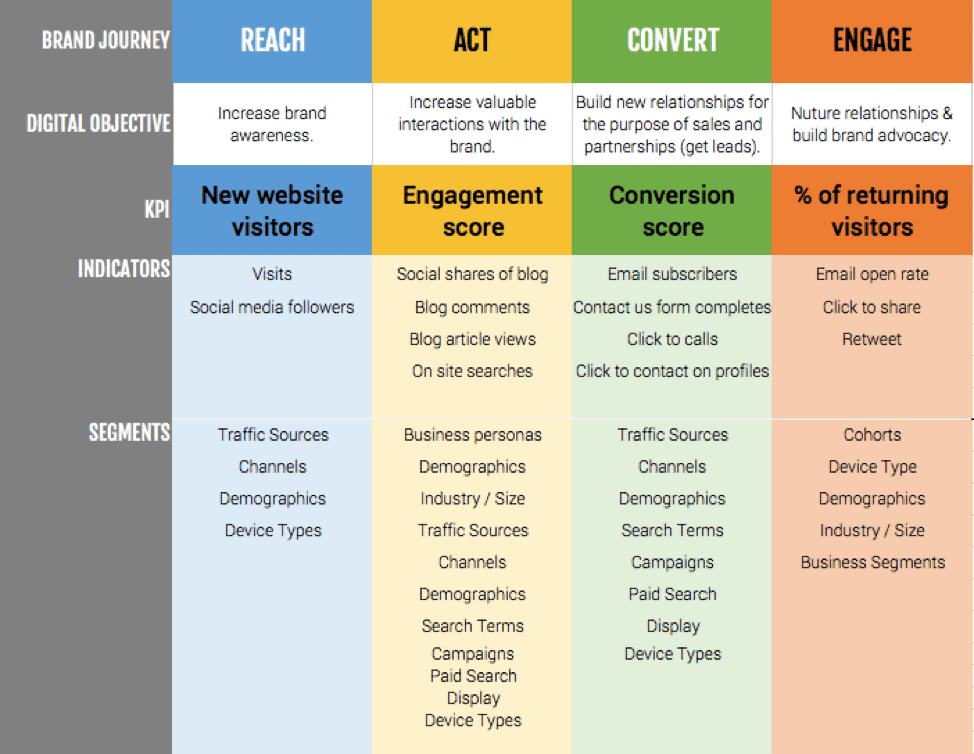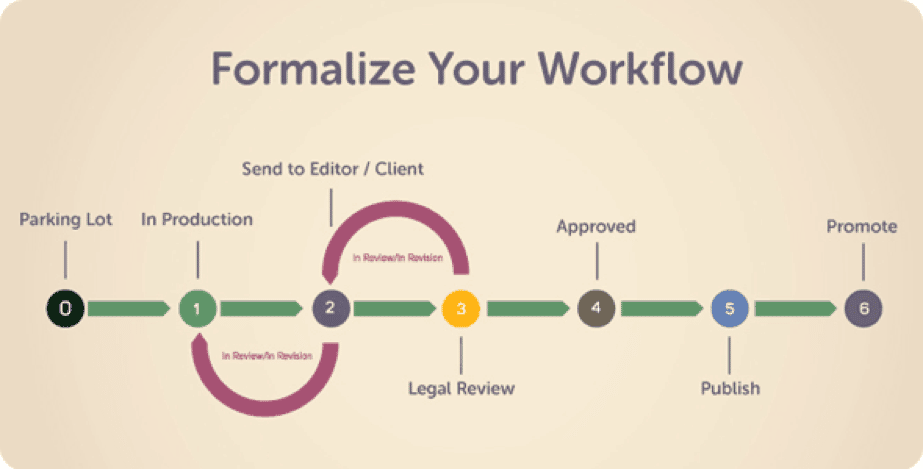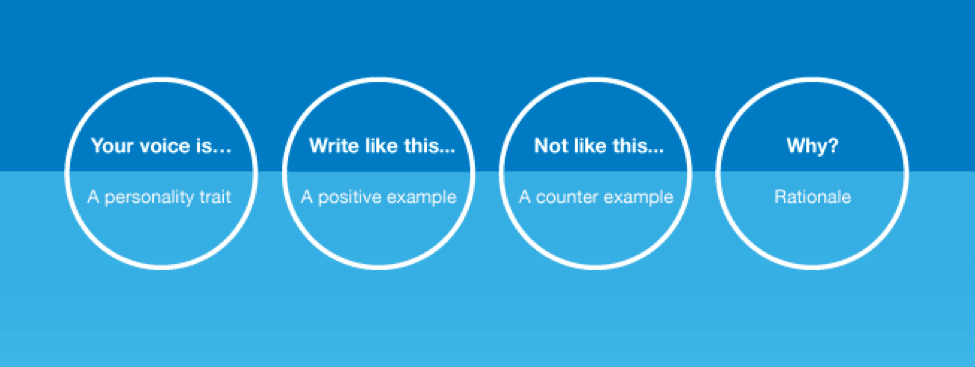Getting out of the mindset that you have to pump out blog posts at a rapid rate disregarding quality is a huge mistake. Not only do you compromise the ability to create meaningful connections with your target audience, but you also risk the chance of not driving any relevant traffic to your blog.
It’s not unlikely that many companies looking to be better than their competition (or even keep up with the competition) will try to adopt the model of pushing out high-level blog posts that lack substance. They focus on writing these useless blog posts that are between 300-600 words hoping to outhustle and outrank the competition.
Sooner or later, disappointment will kick in because the results of getting anywhere (e.g. more subscribers, leads, and sales) is lacking.
In this blog post, I’ll explore how you can make your blogging efforts pay off by taking a more strategic, yet simple, and intentional approach.
Have a Goal in Mind
When you’re running a business and deciding to incorporate a content strategy, specifically blogging into the picture, be able to answer:
- How will blogging fit into the overall marketing strategy?
- How will our blogging goals align with business objectives?
- What does our target audience care about?
- What topics can we address to be a part of the conversations happening within our industry?
- How can we fit our blogging initiatives to align with where individual personas are within the purchase journey?
- What does success look like for top of the funnel KPIs?
- What does success look like for middle of the funnel KPIs?
Again, blogging to just have content up on your site is the old school way of doing things, and once upon a time, it worked with getting high rankings. But don’t fall into the trap of implementing methodologies that no longer work.

Don’t Overlook a Great Blog Design
Writing great content is one thing, but having an aesthetically appealing blog design so that readers can easily navigate and consume your content is another thing.
Here are a few tips to keep in mind:
- Make your blog posts easily shareable by having social buttons visible
- Make sure your blog is mobile responsive
- Make each post visually appealing because 65% of people are more likely going to retain information they consume if an image is incorporated
- Make it easy to subscribe to your blog
- Make it easy for readers to navigate by topic and category
- If you have multiple writers, then connect your posts directly to the author
Keep Structure in Place
Develop a content calendar that lays out the topics you’ll be blogging about including specifics on researched keywords, popular articles, the personas each topic will address, how often you’ll be pumping out content, and the KPIs you plan to track.
A few more items to make sure you have in place are:
- Content workflow. Who’s spearheading the writing? Who’s going to help edit? Who’s going to design graphical assets that may be needed? Who’s approving of the content and who’s publishing it.

- Voice/tone guide. This will help immensely so that everyone involved with the content production process will have guidelines to follow and be on the same page.

- Make time for planning and researching new blog posts. For starters, I recommend taking two days to lay out your blogging by quarter. More specifically, at the end of Q2, spend a couple of days to get a game plan in place for Q3. The key to this is organization. By staying organized and putting a process in place to capture ideas and insights, you’ll have blog ideas planned out.
Be Proactive
Being proactive means that you are participating in relevant conversations and topics happening within your industry. When all you do is write about topics you think are interesting, you then fail to meet the needs of what your target audience wants.
Further, don’t be afraid to incorporate banner ads of downloadable content pieces that you’ve developed. Doing so makes will increase time-on-site and the potential leads generated, i.e. action was taken beyond just reading your blog.
Here are a few tools to consider to help increase the quality of your blog posts:
- HubSpot Topic Generator
- CoSchedule Headline Analyzer
- Ahrefs Content Explorer
- Google Trends
- Grammarly
Final Thoughts
The most successful blogs don’t boil down to just driving traffic, but to generating results that positively impact your business. In order to do this, you have to focus on the quality of the content you are pushing out.
Always keep your target audience top of mind when you craft your editorial calendar and as you write each blog post. This is the key to making your blogging efforts pay off in the long-run.






2 Responses